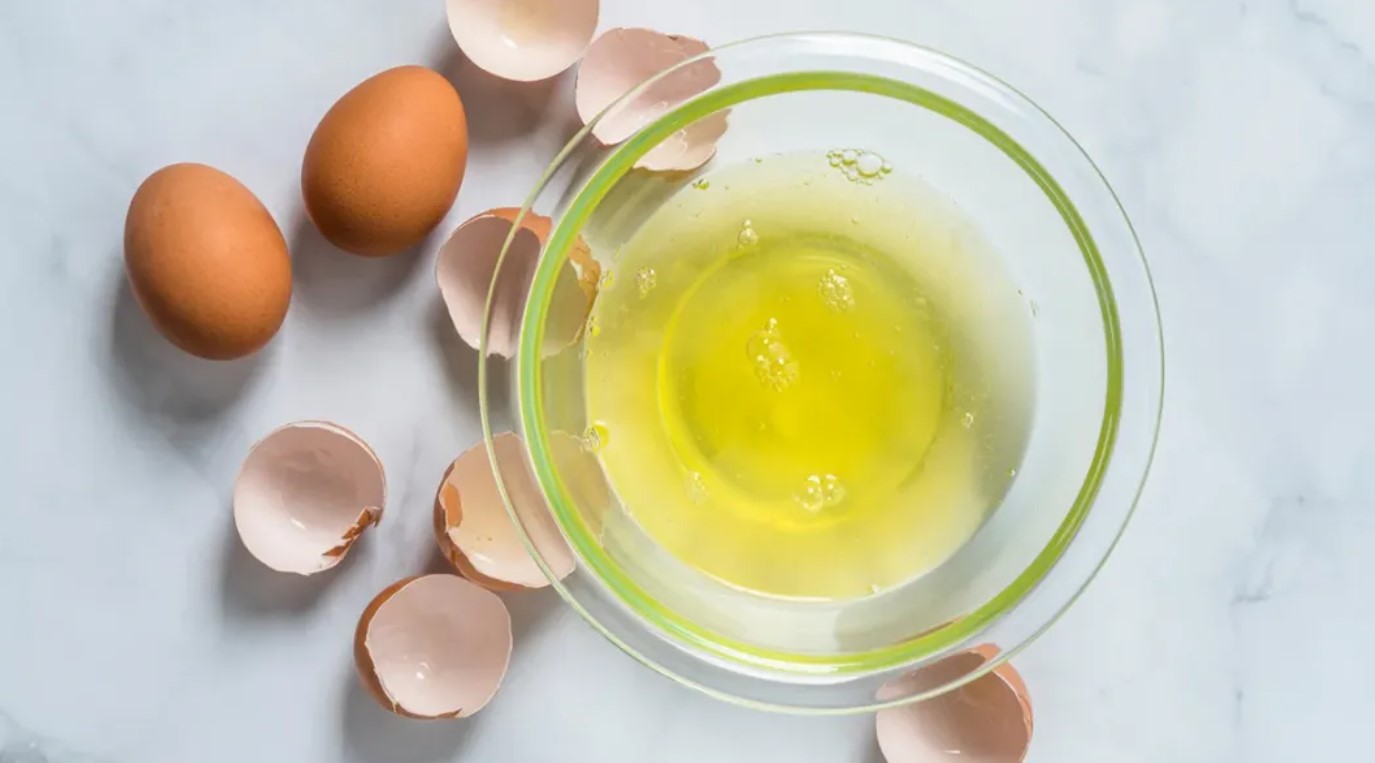Calls for Ukraine
Calls for Europe
Calls for USA

Hypertension is a major public health problem that affects millions of people worldwide and increases the risk of cardiovascular disease, stroke and renal failure. It is typically characterized by a persistent increase in blood pressure that can be caused by multiple mechanisms, including increased activity of the renin-angiotensin system (RAS), inflammation, and oxidative stress.
Although pharmaceutical drugs are available, their use is often accompanied by side effects, so finding natural alternatives that do not cause side effects is becoming increasingly important. Egg white, known for its high protein content, also contains various bioactive peptides with proven antioxidant, anti-inflammatory and antihypertensive properties. Recent studies have shown that egg white proteins, even after ovotransferrin reduction, may still include effective antihypertensive peptides.
A study published in the journal Food Materials Research late last year by Jianping Wu’s group at the University of Alberta highlights the potential of egg white proteins as a valuable functional food ingredient to combat high blood pressure.
In this study, the antihypertensive effect of egg white hydrolysate with reduced ovotransferrin (EWH-O), was evaluated in rats with spontaneous hypertension, and conventional egg white hydrolysate (EWH) was used as a comparison. Rats were administered 1 g/kg body weight per day of either hydrolysate for 9 days.
Results showed that both hydrolysates significantly reduced systolic blood pressure, with EWH-O reducing systolic blood pressure to 160.47 mmHg and EWH to 159.42 mmHg compared to the untreated control group (178.07 mmHg). Both drugs also reduced mean arterial pressure and diastolic blood pressure without affecting heart rate.
Further analysis showed that both hydrolysates increased the expression of ACE2, an important enzyme regulating vascular health, in the aorta. While JB also decreased ACE and AT1R levels, EWH-O had no significant effect on these proteins but increased AT2R levels.
In the kidney, both hydrolysates decreased renal ACE levels but did not affect ACE2, MasR, or AT1R/AT2R expression. In addition, EWH-O significantly increased endothelial nitric oxide synthase (eNOS) expression in the aorta, suggesting a mechanism for lowering blood pressure by improving nitric oxide production.
Both hydrolysates also attenuated vascular oxidative stress, as indicated by a decrease in nitrotyrosine. However, only EWH reduced levels of vascular inflammatory markers such as VCAM-1, whereas EWH-O had no effect on inflammatory markers.
The findings suggest that EWH-O can reduce blood pressure through modulation of the renin-angiotensin system, eNOS activation and antioxidant action, making it a promising functional food ingredient for the treatment of hypertension.
The study highlights the potential of egg white hydrolysates, especially those with low ovotransferrin content, as effective natural antihypertensive agents. By modulating RAS, enhancing eNOS expression, and reducing oxidative stress, EWH-O offers a promising approach for the treatment of high blood pressure.
This study emphasizes the importance of natural, cost-effective food-based solutions in the management of hypertension and paves the way for further innovation in the development of functional foods to improve cardiovascular health.
Please rate the work of MedTour
